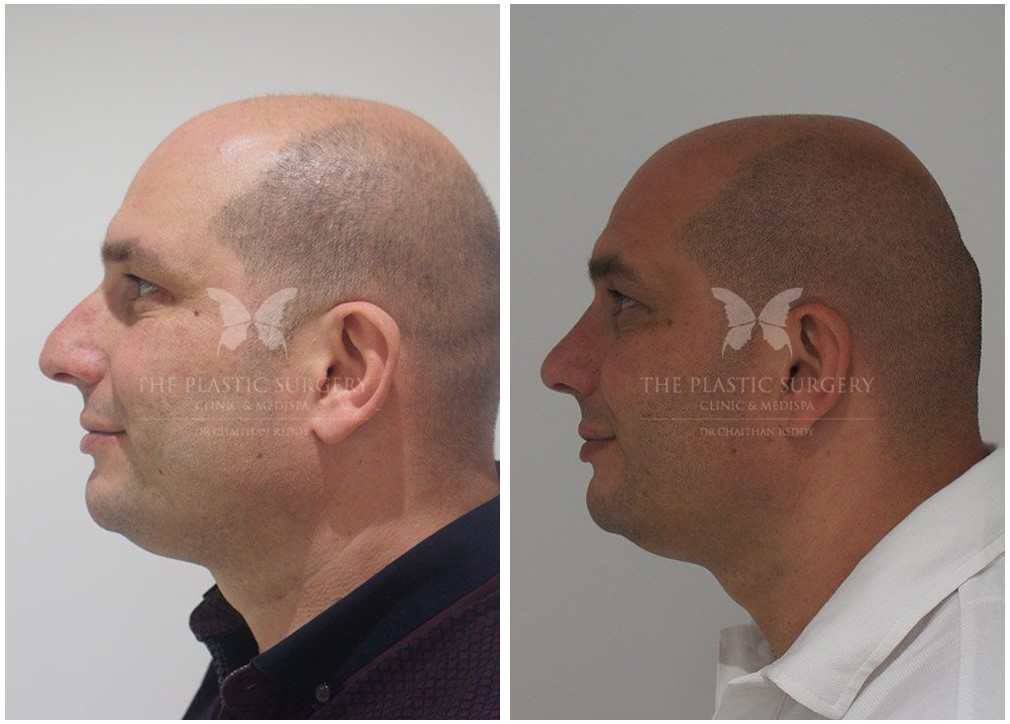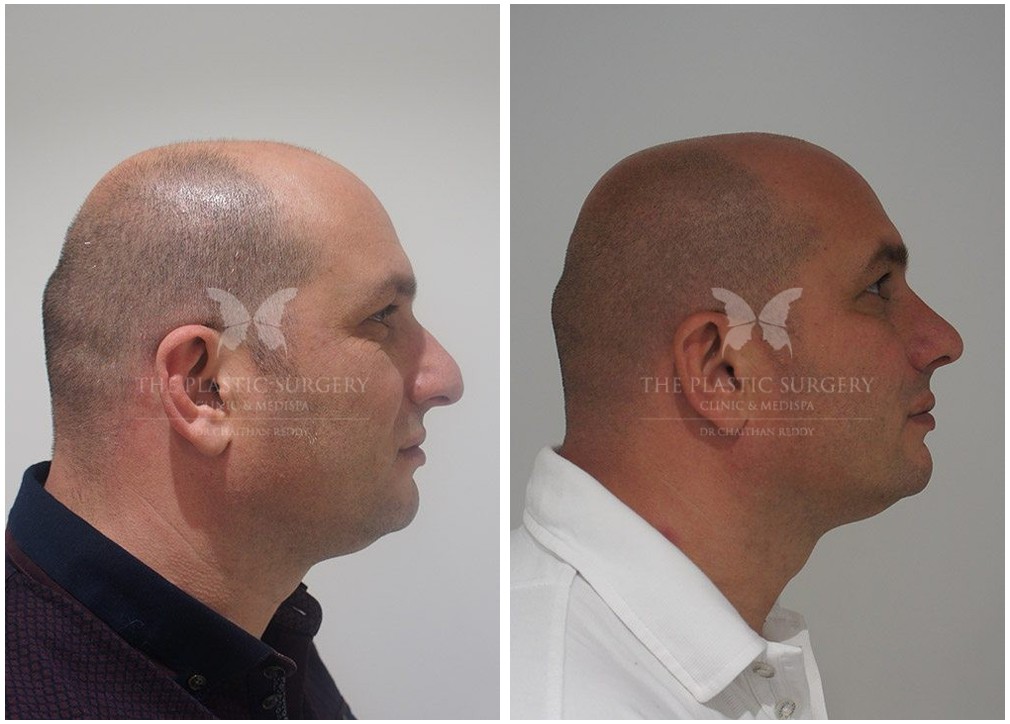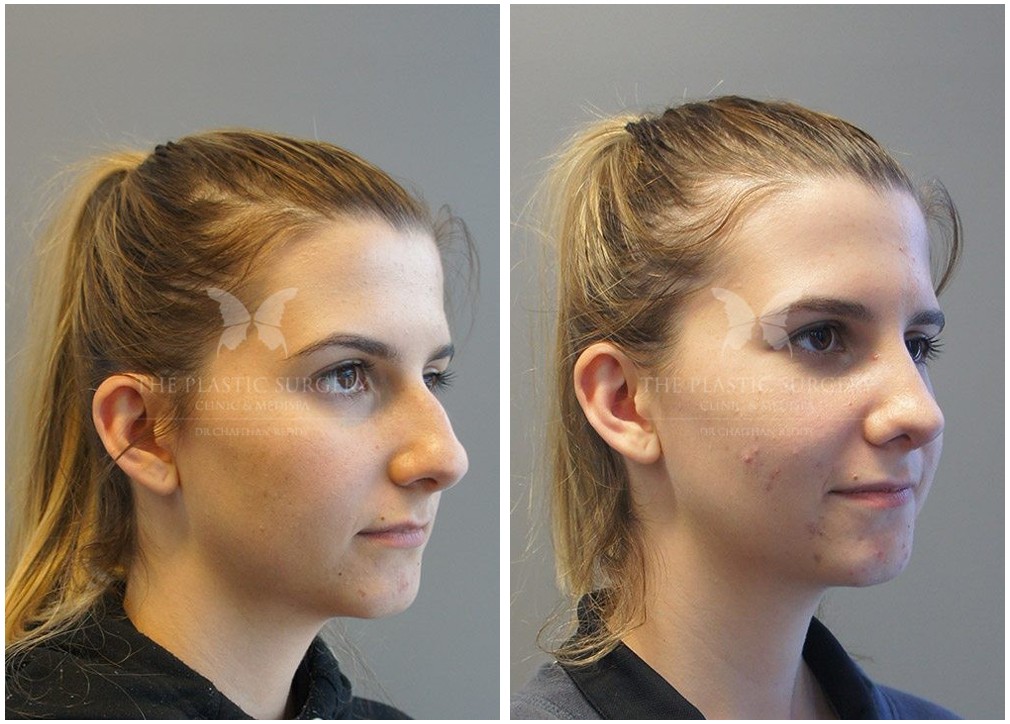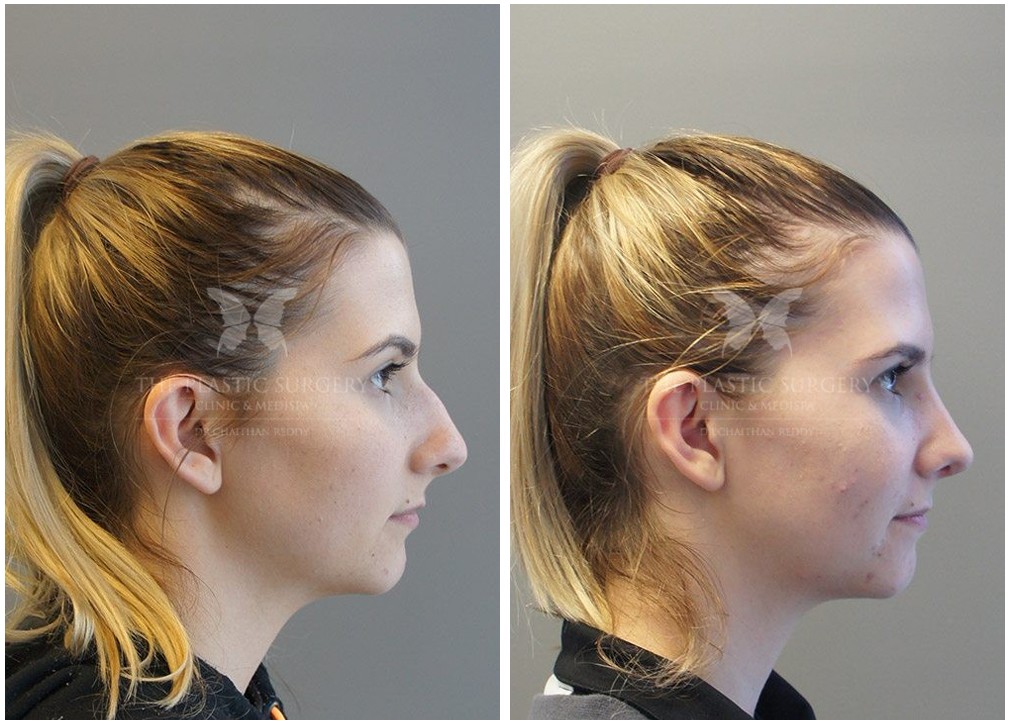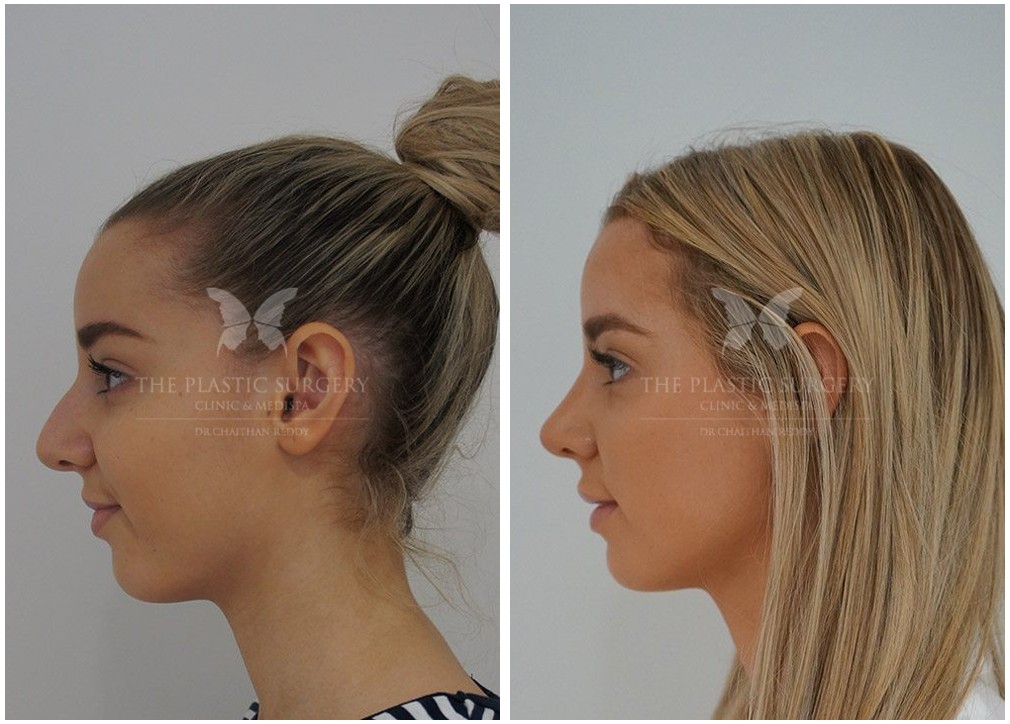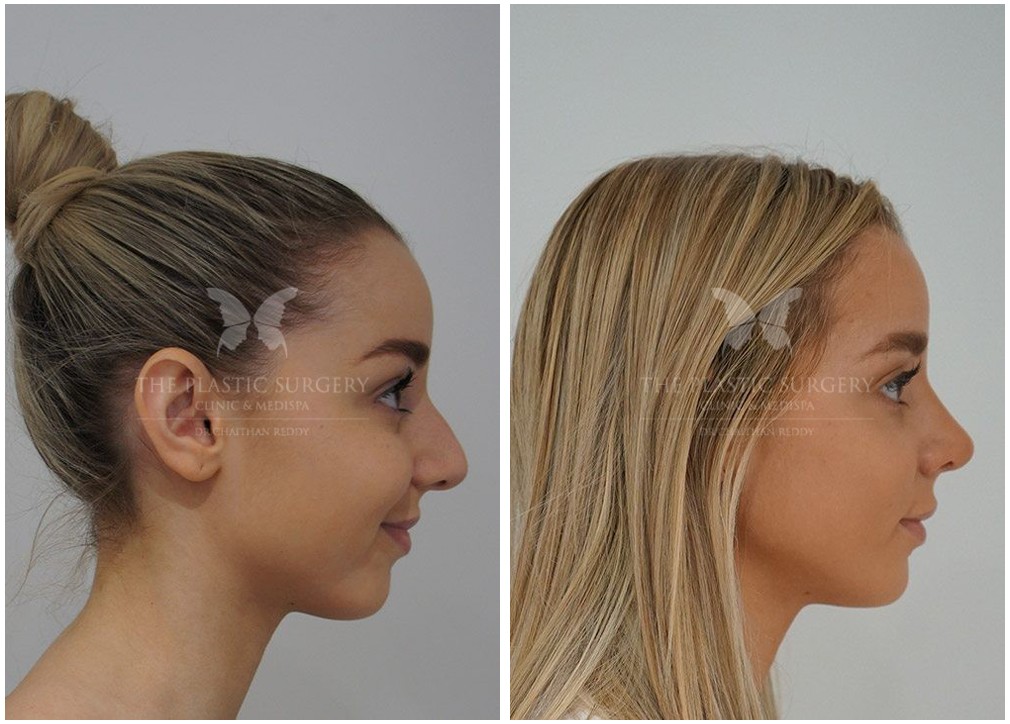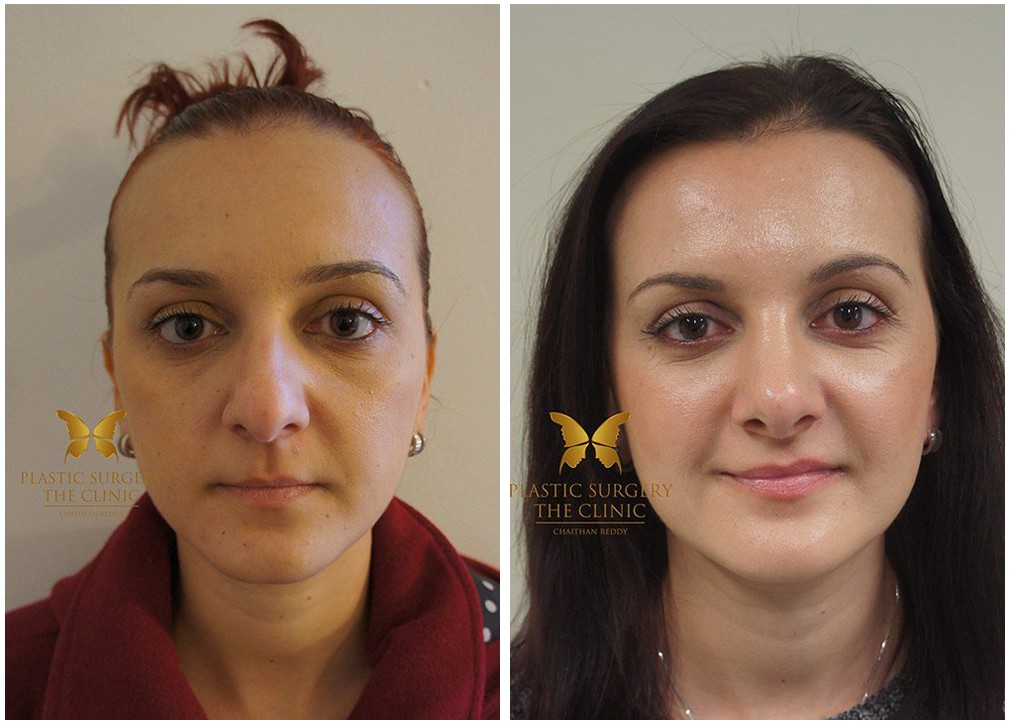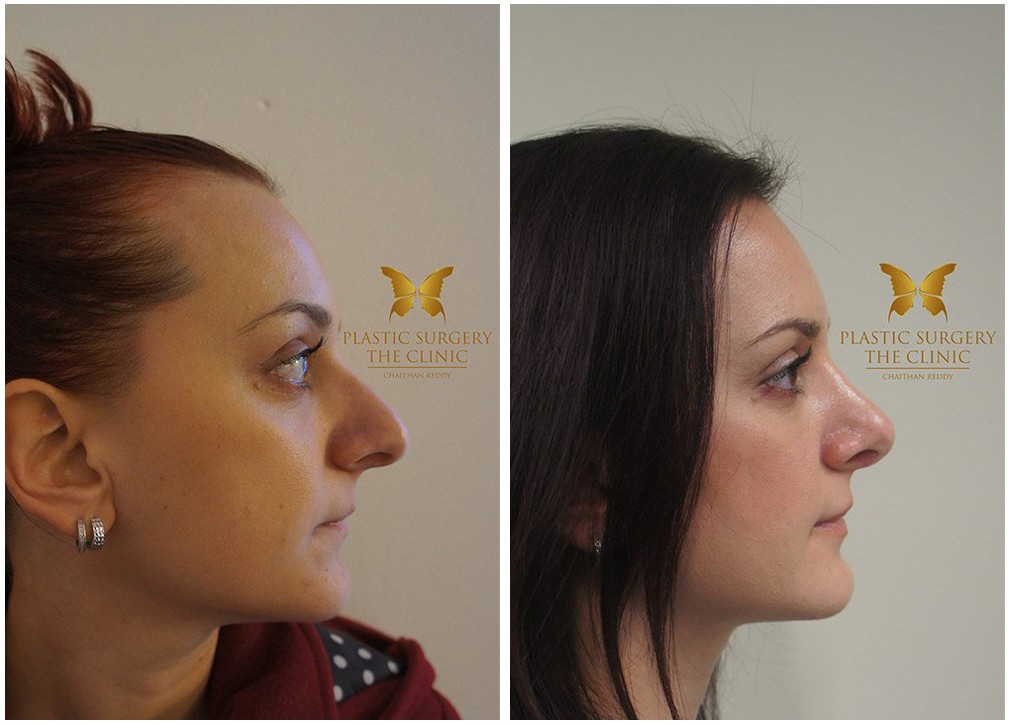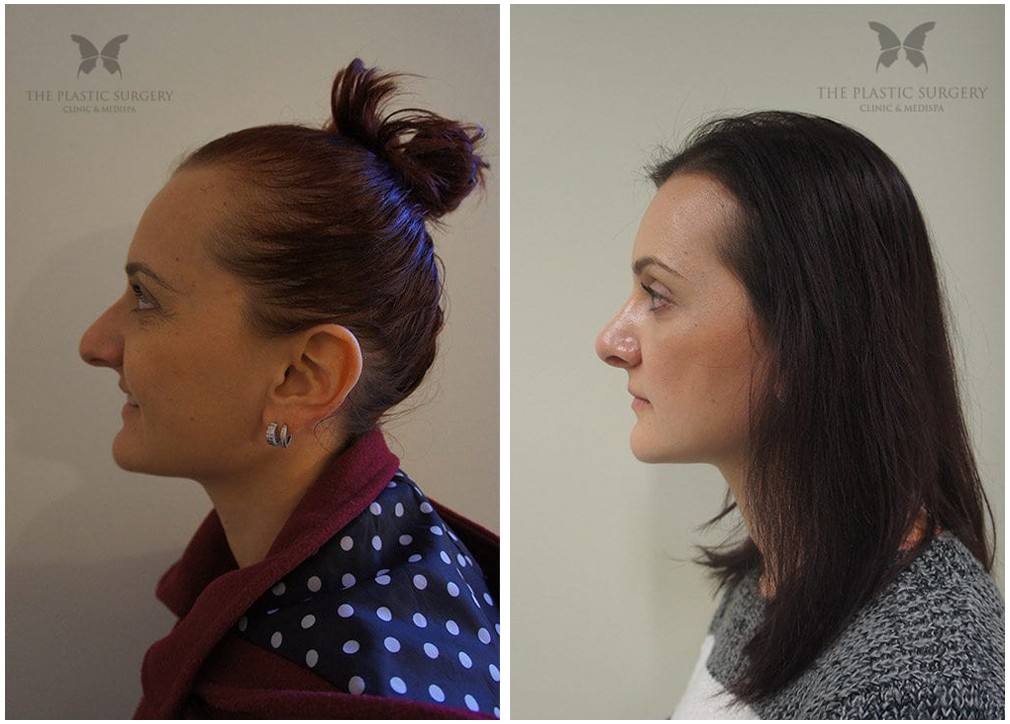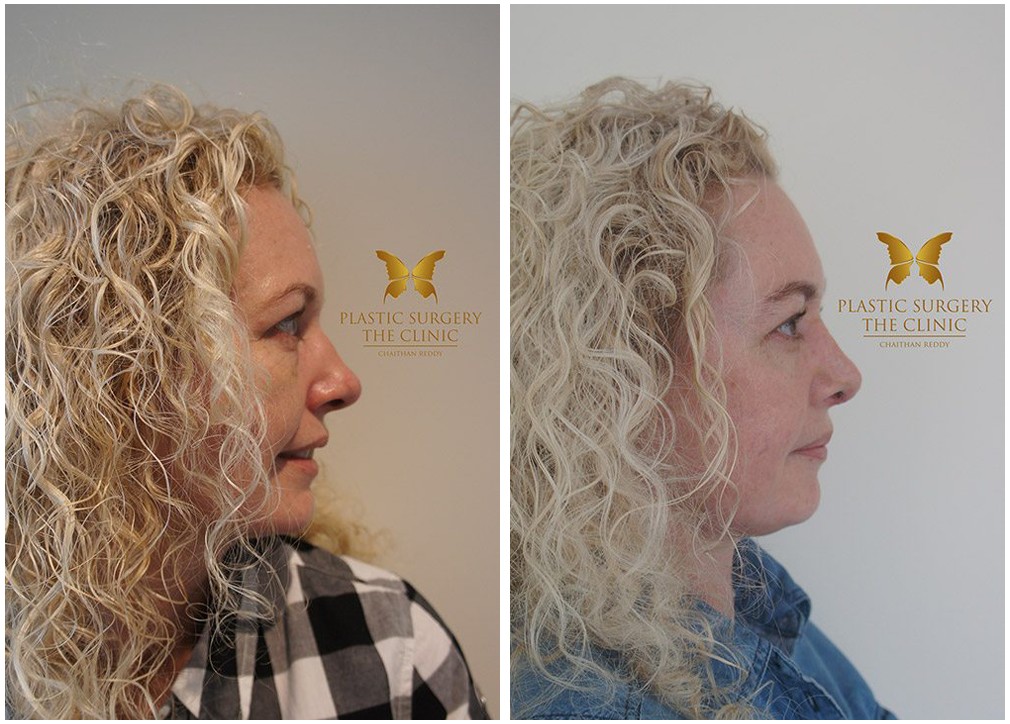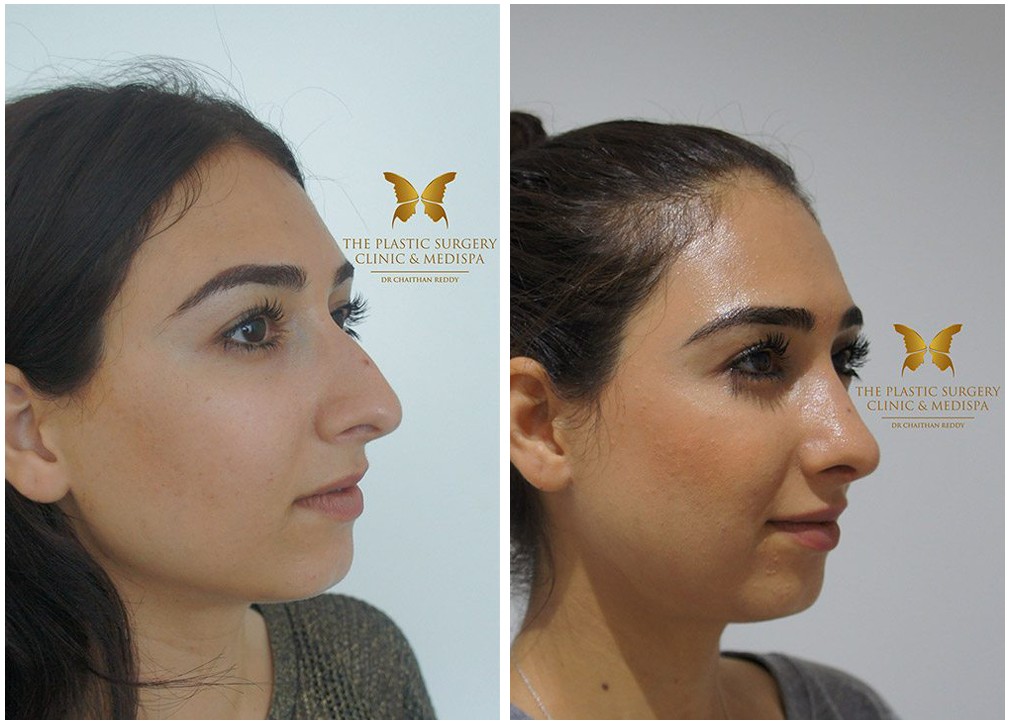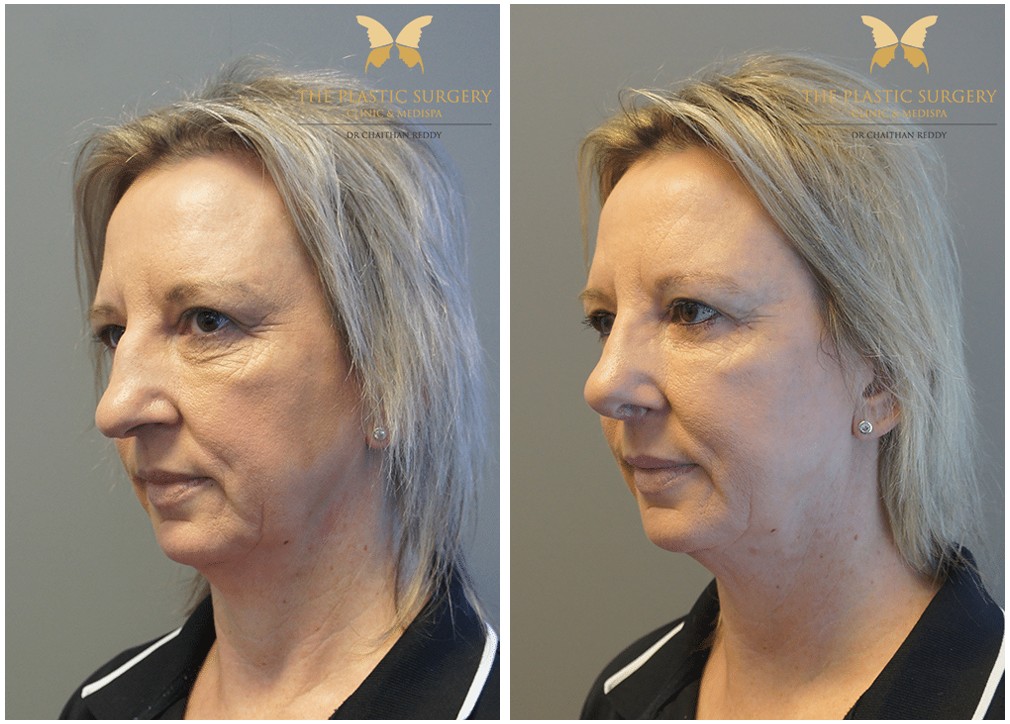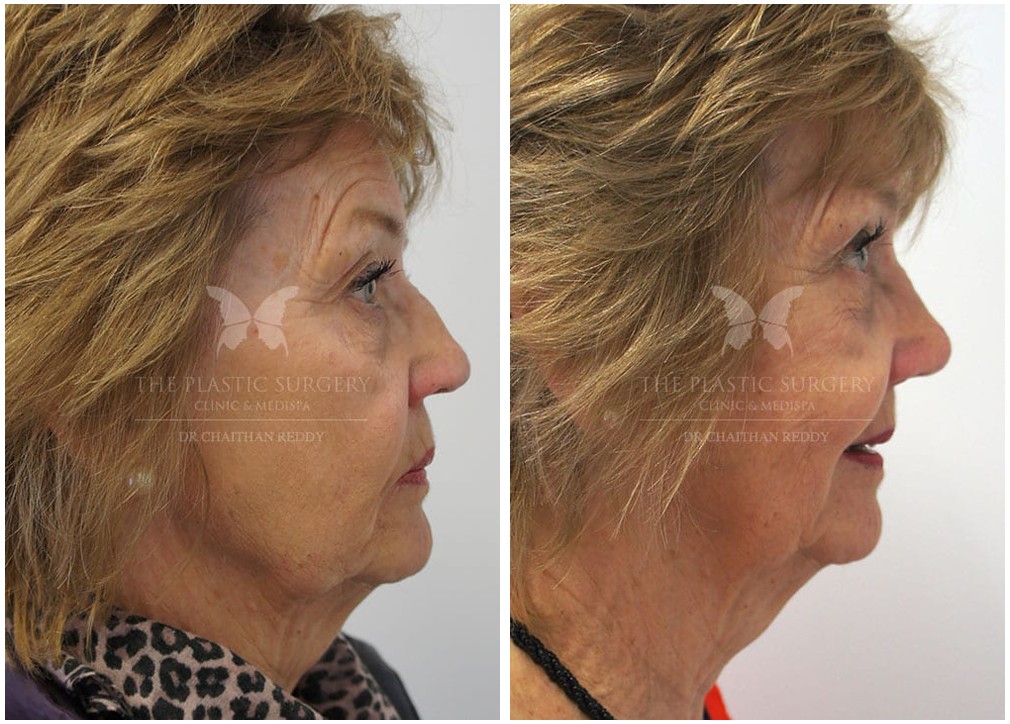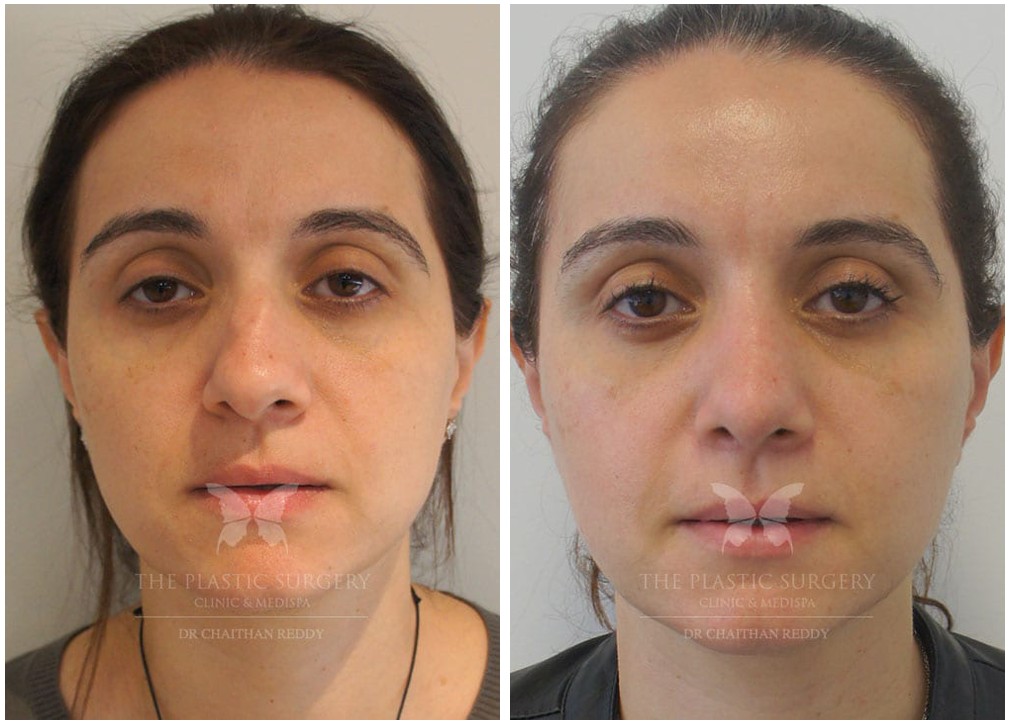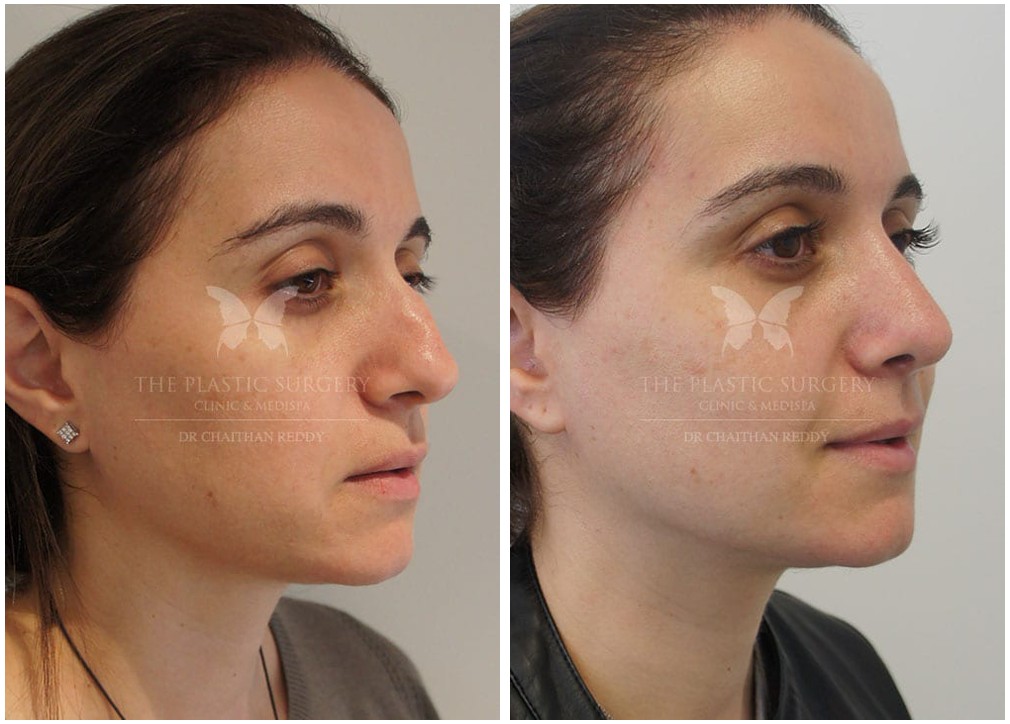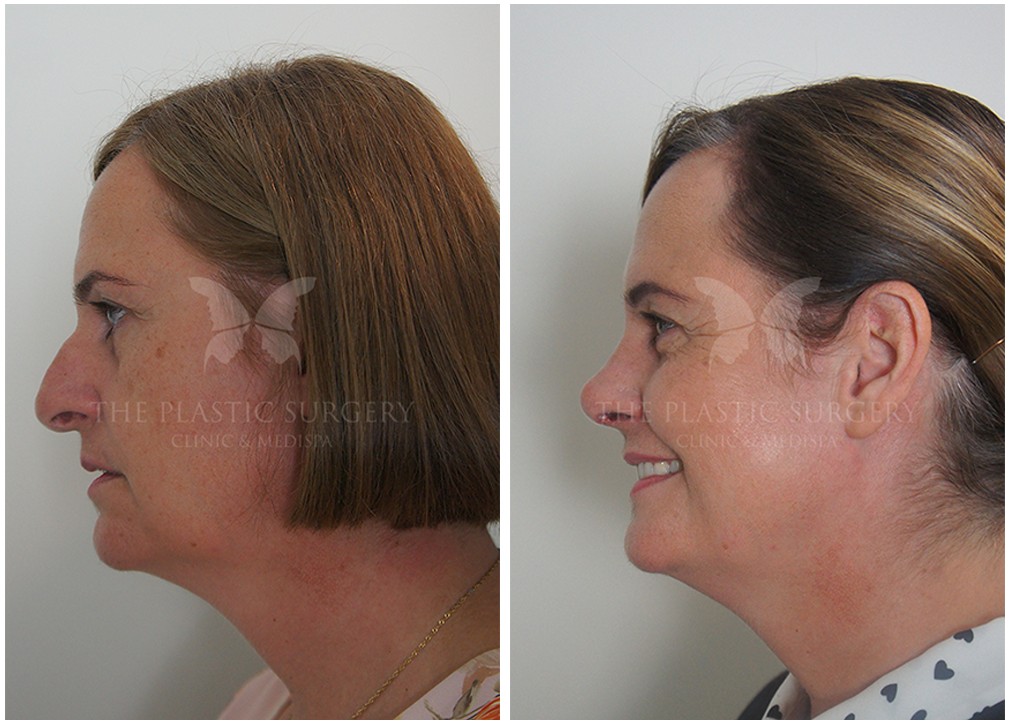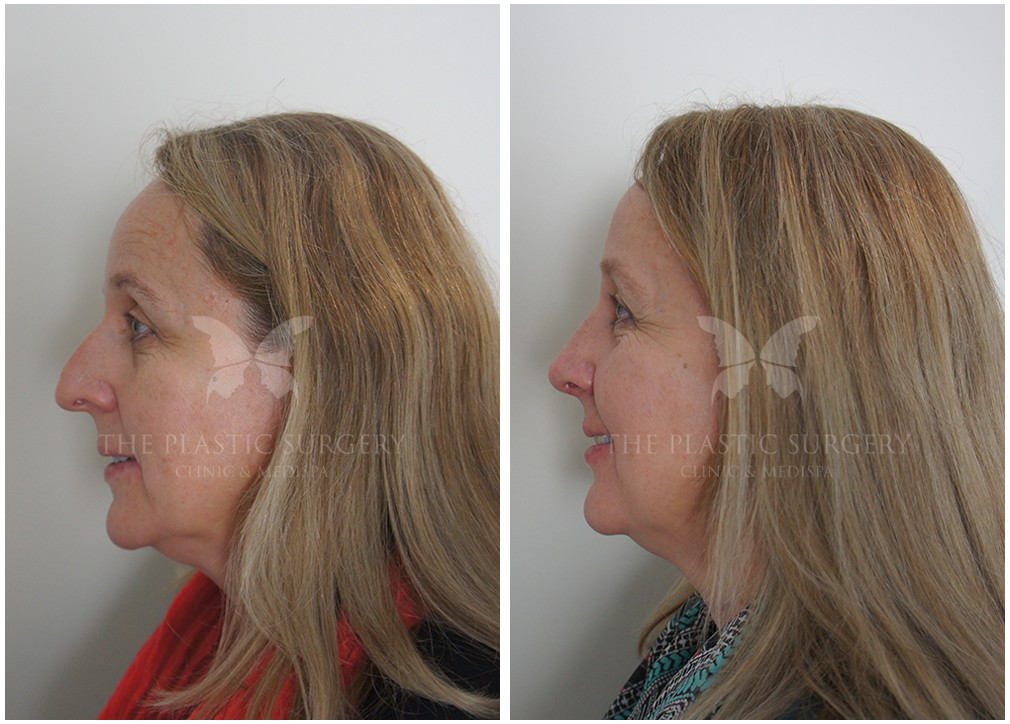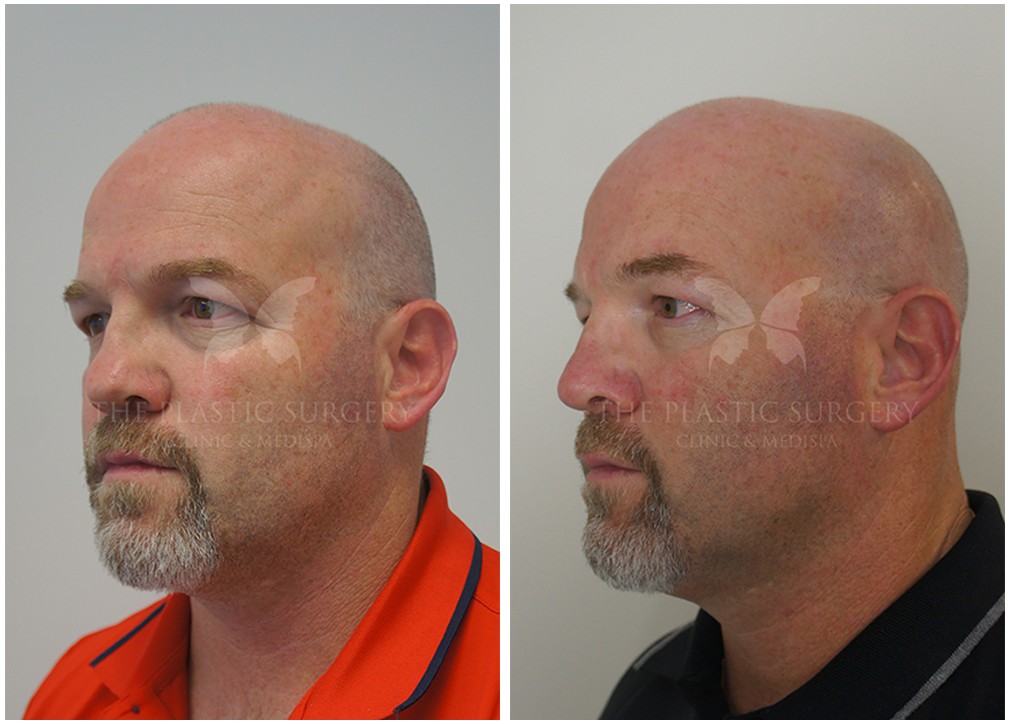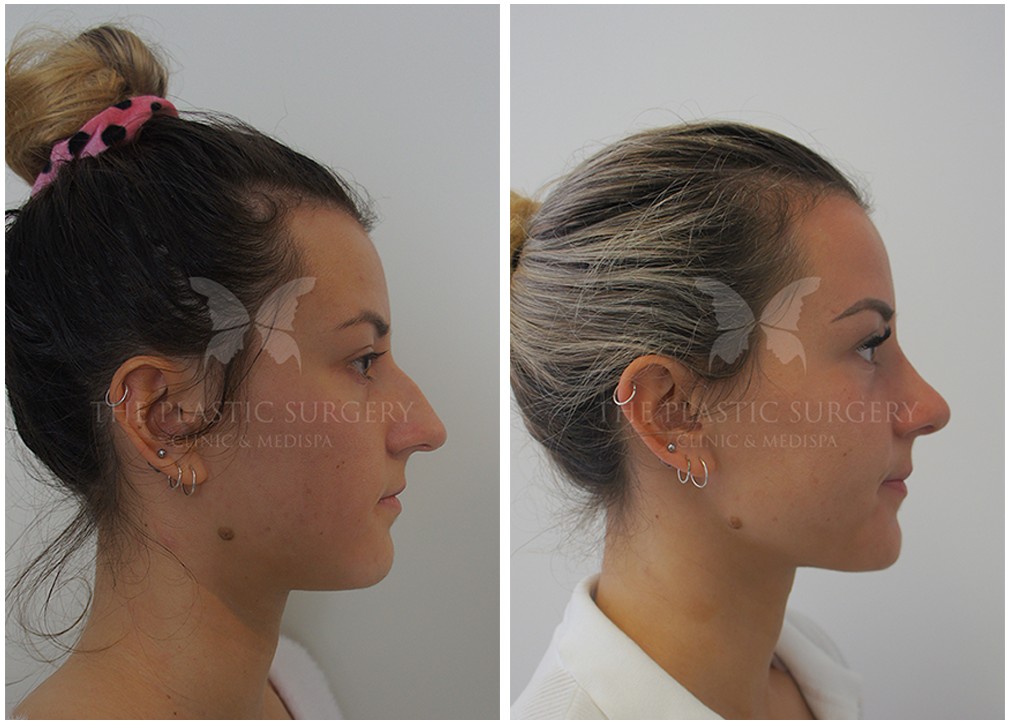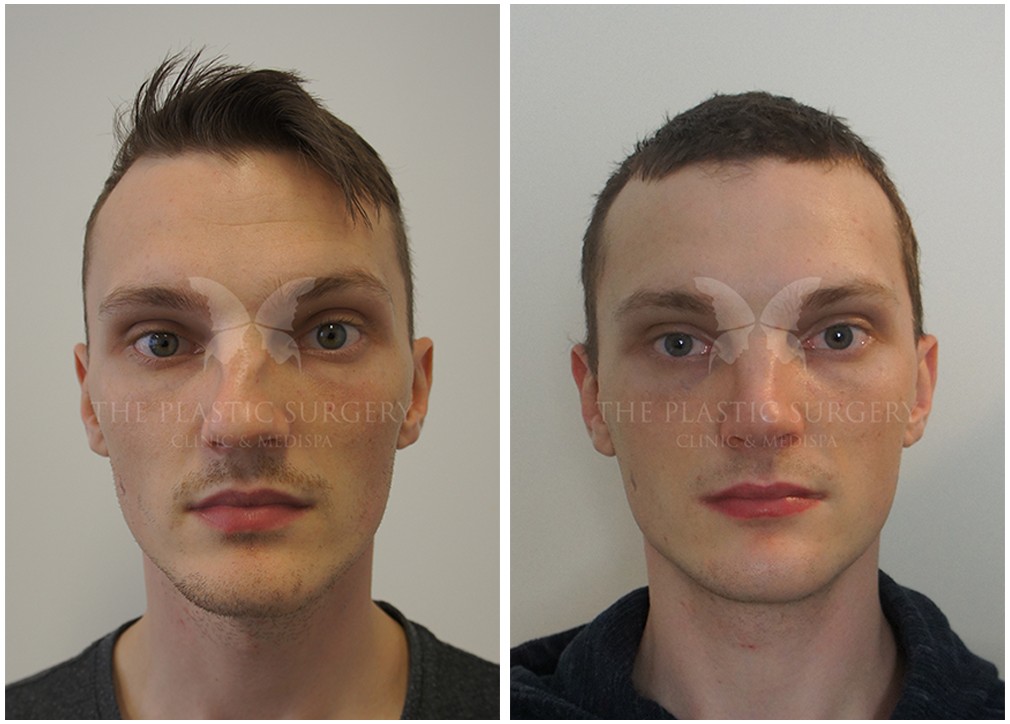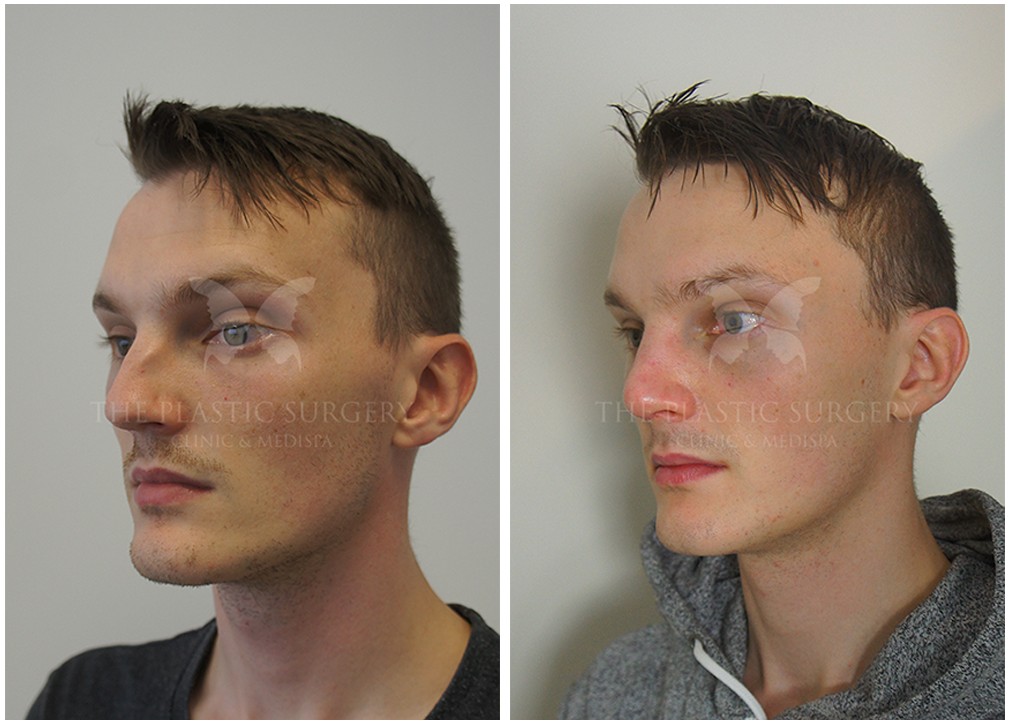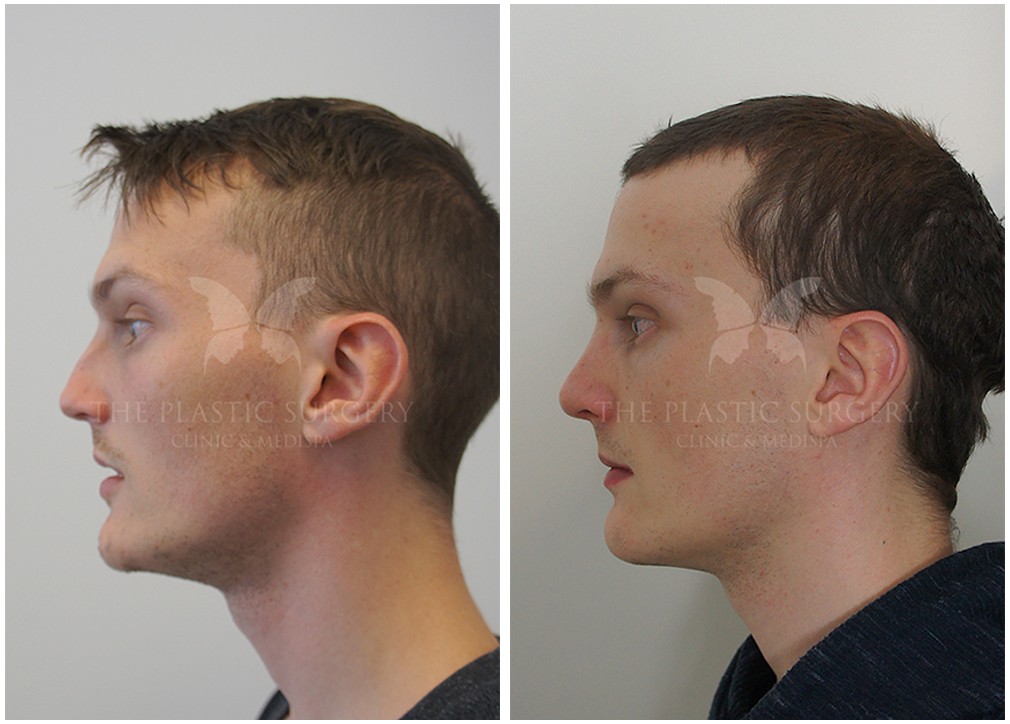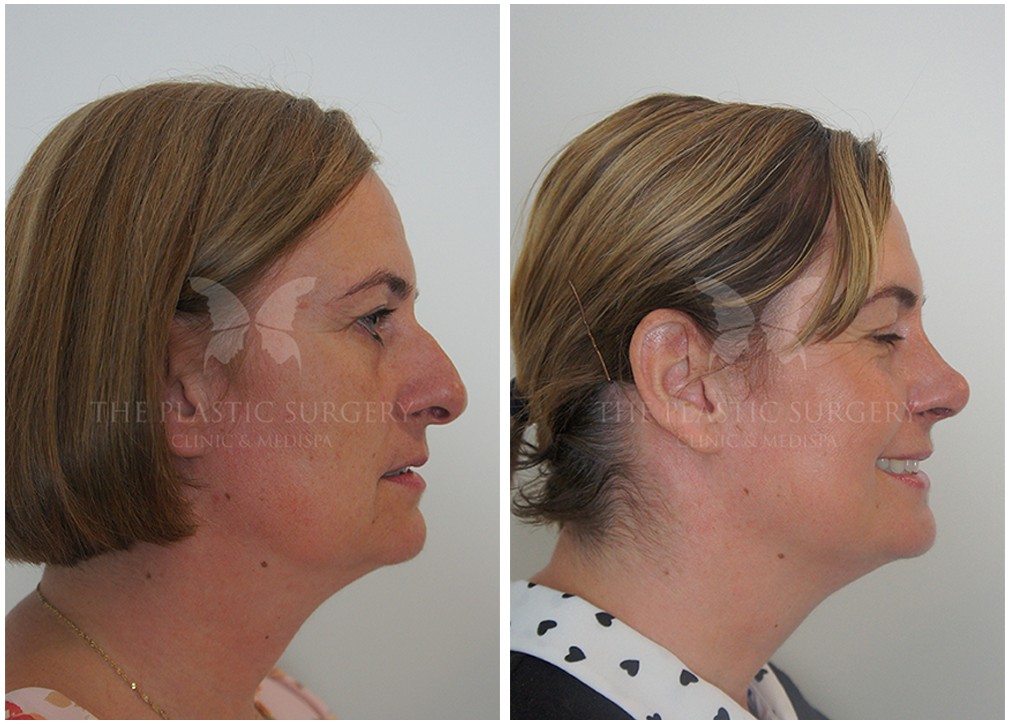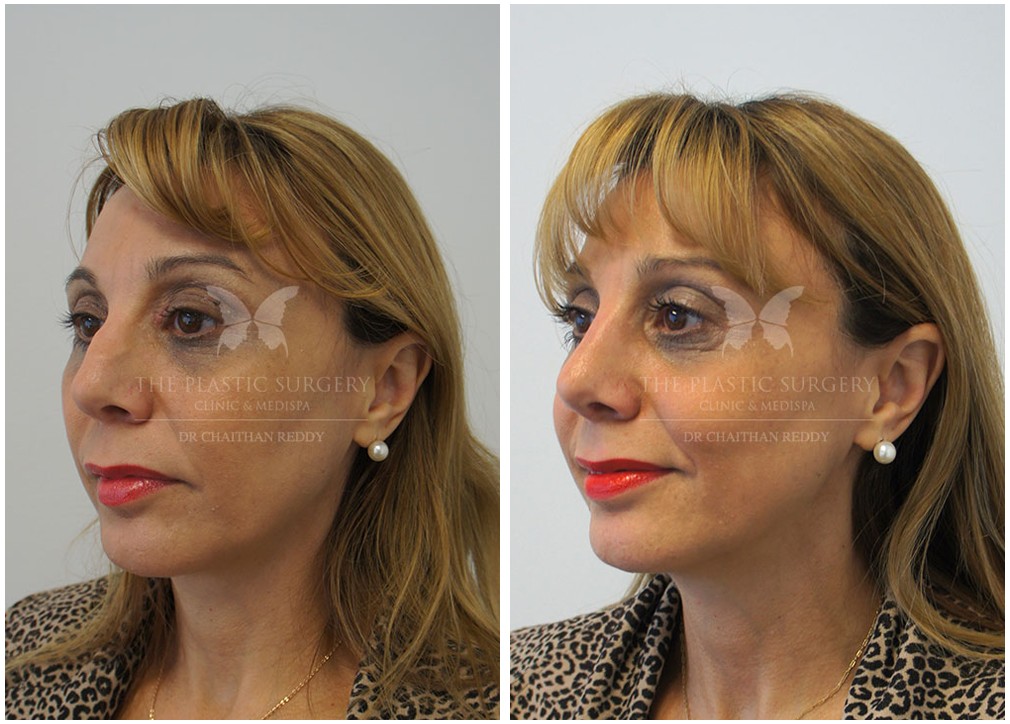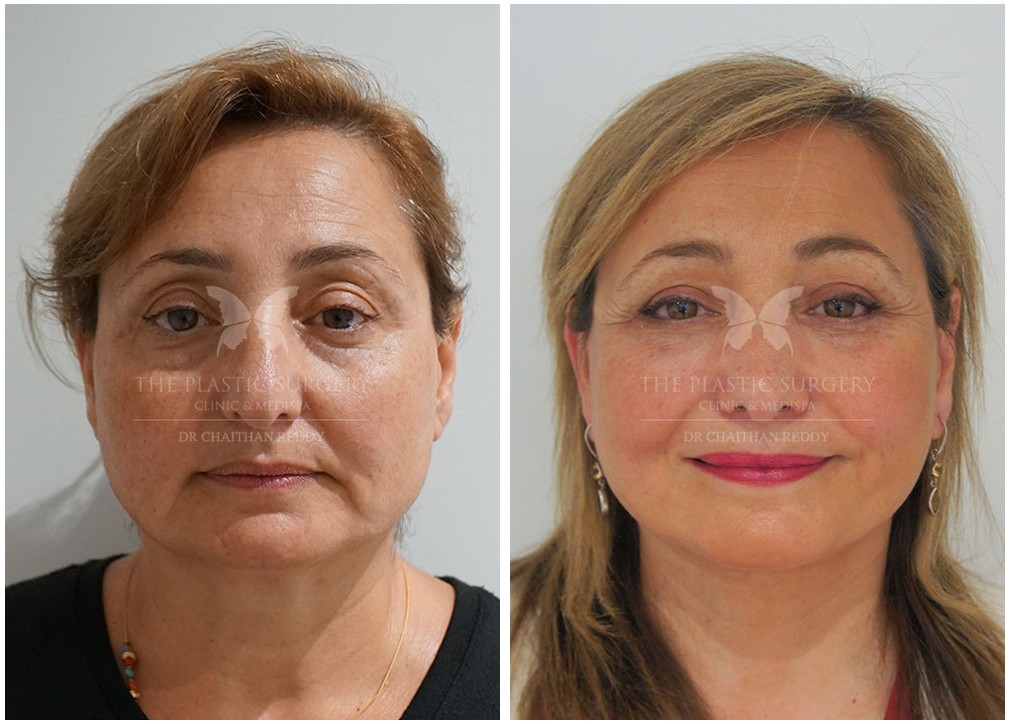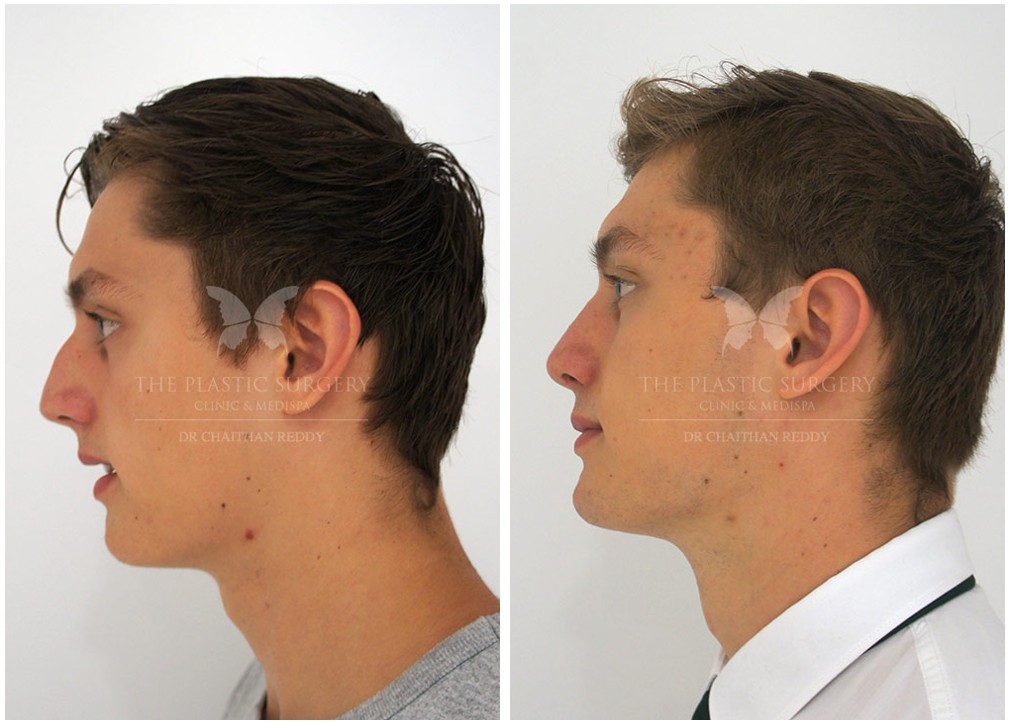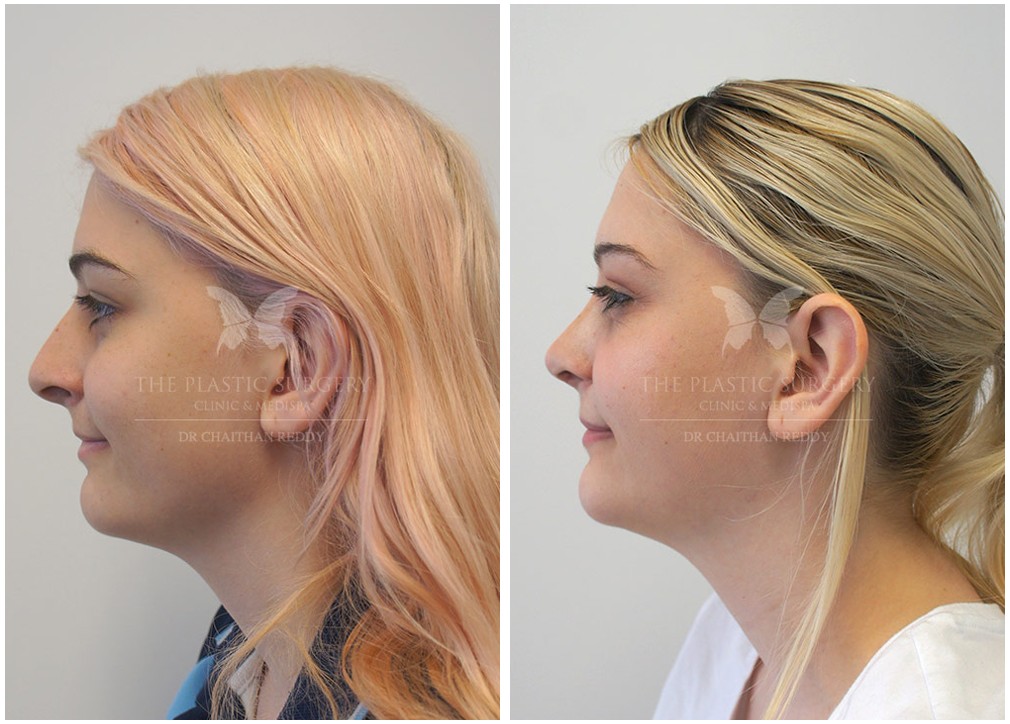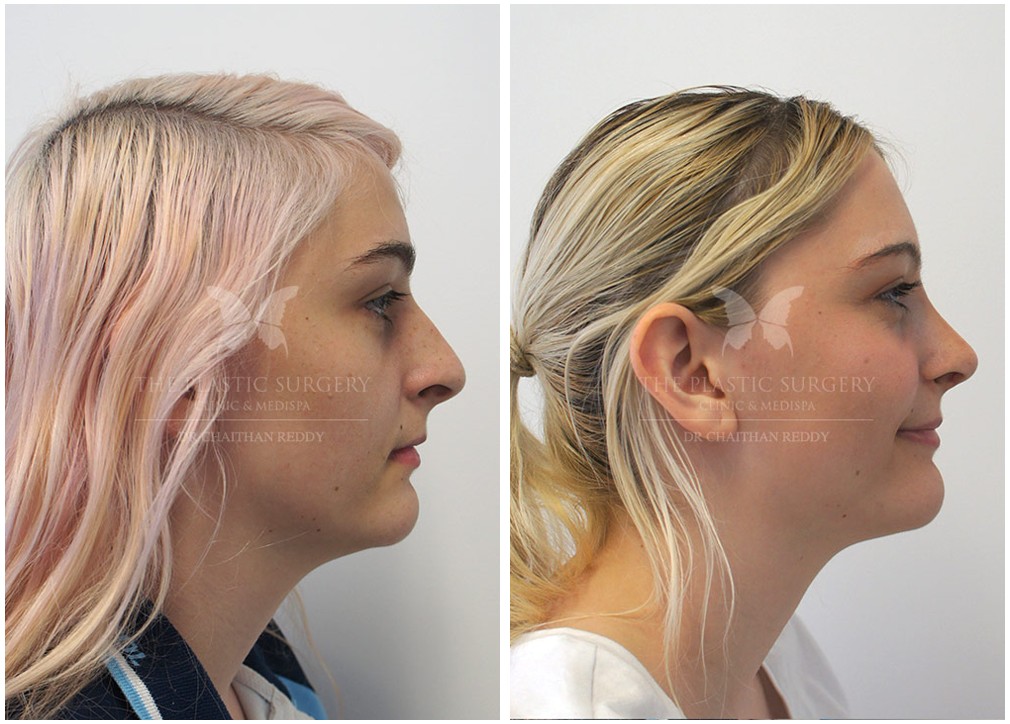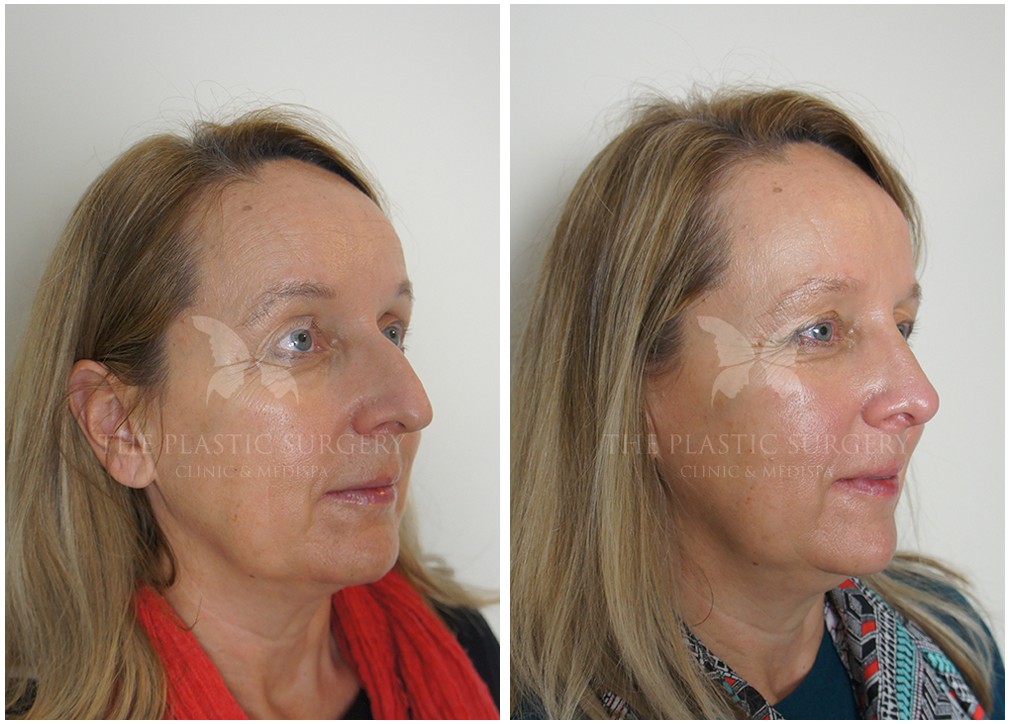For your rhinoplasty revision consultation, Dr Reddy will spend approximately 1 hour with you. This is an in-depth assessment of your concerns and nasal shape.
The first part of the consultation process entails a discussion around your nasal shape, concerns and goals. This helps Dr Reddy determine exactly what it is that you are wanting corrected. This allows your particular rhinoplasty to be tailored to your specific requirements and goals. This is then followed by an examination of your nasal shape. Various features of your nose are assessed. Various measurements are taken to further assess your nose and to assess how your current nasal shape relates to the rest of your facial proportions. Confidential 3D photographs are taken that enable more accurate measurement of your nasal features and nasal proportions.
There are various aspects to your nasal shape that Dr Reddy specifically analyses. The nose is made up of specific ‘subunits’, and various landmarks. Rather than simply looking at the more common concerns like a nasal hump, crooked nose, or a droopy tip, Dr Reddy also closely focuses on how these concerns relate to all of these subunits and landmarks. This allows a more comprehensive rhinoplasty to be undertaken. It is this attention to detail that can make the difference between a good rhinoplasty and a great rhinoplasty outcome.
The nose has various subunits.
- Expert Advice
- Personal Approach
- Highly Respected
SYDNEY & CENTRAL COAST PLASTIC SURGEON
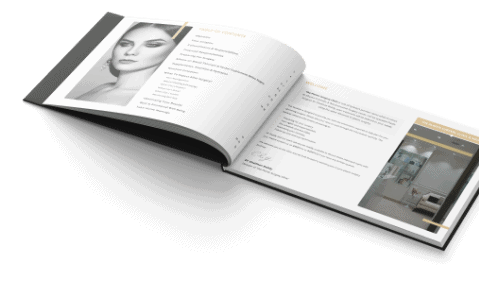
Our Surgery
Information Booklet
Fill out the form below to receive your copy of our surgery information booklet
Nasal proportions and measurements that are routinely assessed as part of your rhinoplasty revision examination include:
From frontal view:
- Nasal bone width
- Alar base width (ABW)
- Dorsal aesthetic lines (DAL)
- Deviation
- Columella to nostril shape relationship
From side view:
- Nasal projection (NP)
- Radix height (RH)
- Profile (over-contour/dorsal hump)
- Columella show (CS)
- Nostril
- Columella labial angle (CLA)
position and shape - Chin projection and relationship to your nose
From below:
- Nasal tip shape and symmetry
- Nostril shape and size
- Deviation of septum and columella
Revision Rhinoplasty & Rib Rhinoplasty
Rhinoplasty is a procedure that can produce dramatically pleasing results to our overall facial appearance. It is however a very technical procedure and your surgeon should have an intricate understanding of nasal anatomy and the impact of undertaking various rhinoplasty maneuvers on the resulting nasal shape. The complex nature of rhinoplasty surgery would explain why the revision rate following surgery is reported to be up to 20% worldwide.
Not uncommonly, Dr Reddy sees patient who have had rhinoplasty elsewhere and are dissatisfied with the results. This is often due to asymmetry or abnormal contour. There are various reasons for why patients may chose to proceed with revision surgery. These include:
- Over-zealous removal of septal cartilage resulting in reduced nasal support and a sunken profile. This is often termed a saddle nose deformity
- Pinched tip due to scar contracture or excess cartilage removal from the domes
- Inverted V deformity due to inadequate bone repositioning or excessive narrowing of the middle vault of the nose
- Open roof deformity due to inadequate bone repositioning or cartilage modification
- Alar rim deformity due to deficiency in cartilage or asymmetric or excessive scar
- Polybeak deformity due to excess scar tissue, inadequate cartilage reduction, or poor nasal tip support
Revision surgery is generally more complicated due to the presence of scar from the original surgery. Using an open rhinoplasty technique, the skin envelope is raised off the underlying nasal cartilage and bone. Due to the presence of scar, this is undertaken in a careful and slow manner to preserve the existing cartilages and also ensure the overlying skin maintains its blood supply to support normal healing. Once the underlying cartilage and nasal bone framework is delineated, the relevant anatomical problem is identified. Correction of the deformity is then undertaken. This often requires the use of cartilage grafts to restore support and shape to the nose. Often in patients who have already had rhinoplasty, there is no spare cartilage to use to correct the deformity. Cartilage is then sourced from the ear, rib, or from artificial rib.
The cartilage is then carved with a fine blade to the required shape. The shaped cartilage graft is then secured into the required position to address the existing contour deformity. Such cartilage grafts may be used to restore symmetry or to restore nasal structure and support. In the case of the latter, this often involves the creation of long structural cartilage grafts to restore nasal tip support and nasal profile. This entails the use of separate segments of cartilage that are sutured together to form what is known as an “L – strut”. The newly created L-strut is then secured in place with sutures or a fine wire to the nasal bones and also to the top jaw. The L-strut in effect forms the new nasal framework. This is depicted in the diagram below.

This is commonly performed in individuals who had too much cartilage removed during their original rhinoplasty surgery. This not only restores nasal shape, but typically improves the nasal airway. “L -strut” creation is also commonly performed in individuals who had had significant nasal trauma which has resulted in a collapsed nasal bridge.
This is often known as a ‘saddle nose deformity’. This is not uncommonly seen in football players and boxers who have sustained significant nasal bone fractures and injury to the septum resulting in a collapsed nose and nasal profile.
Whether you have a complicated nasal shape or compromised shape from previous trauma or surgery, feel free to book in to see Dr Reddy to discuss your needs. Dr Reddy has extensive experience in nasal reconstruction and rhinoplasty surgery.







